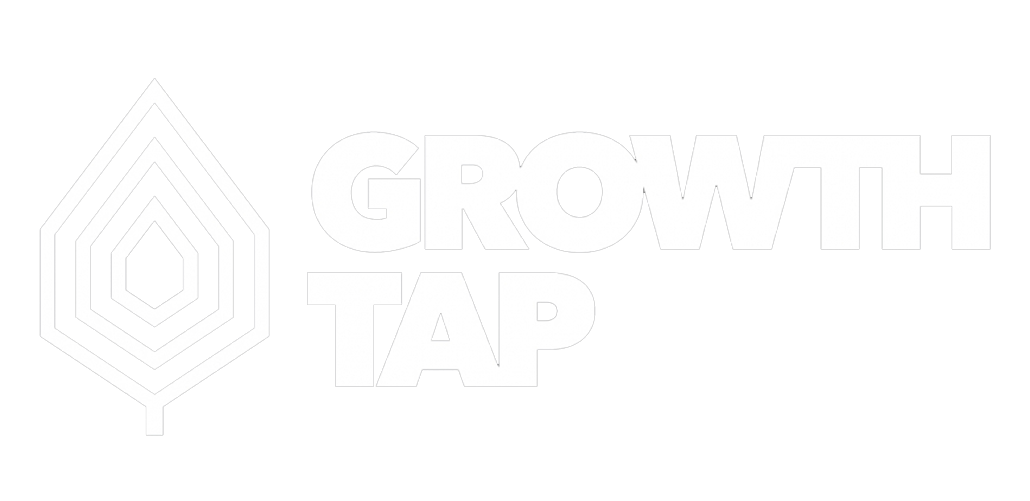Whenever I am discussing a campaign with a new lead, questions about benchmarks always arise. While there is no denying that marketing benchmarks certainly help define expectations, they should not be used as the primary means to measure the success of a campaign.
Marketing benchmarks in each industry were set by a company that decided to be innovative. The decision-makers didn’t focus on following the crowd. They believed in their strategy and executed it with confidence. This innovation set a standard that all others now attempt to reach.
Businesses should focus on themselves. Just act as if you’re running your own race. Focus on fueling your business with what it needs to succeed without worrying about what others are up to. By doing so, you will avoid getting caught up in playing catch up and begin to pull through as the leader.
The Best Marketing Is Innovative
Steve Jobs once said, “Innovation distinguishes between a leader and a follower.” This rings true in every feat that has ever been accomplished. Those who are so focused on meeting the same standards will forever be doomed to fall one step short of true success.
It’s important to remember that most benchmarks are set by those with a first-mover advantage. By focusing only on meeting and exceeding benchmarks, you may experience the opposite effect of what is intended. Rather than managing your expectations, your business will continue to strive toward the benchmarks as the main performance goal and shy away from taking the necessary risks that deliver amazing results.
Seth Godin perfectly explains why this is true: “The reason it is so hard to follow the leader is this: The leader is the leader precisely because he did something remarkable. And that remarkable thing is now taken – so it’s no longer remarkable when you decide to do it.”
Benchmarking Doesn’t Work For Every Marketing Channel
Every business owner quickly learns the harsh truth that benchmarking is hardly ever specific enough to make a real decision. Consider the following example.
You are the owner of a trendy coffee shop and you’re ready to run an email campaign. After a quick Google search (or lengthy, depending on the availability of current data), you manage to find email open rates for all of Australia. However, you’re based in Sydney, so want to find more specific data. You start spending minutes that eventually turn into hours looking for detailed information about email benchmarks for Sydney, Australia that relate to food and beverage campaigns.
A number of factors can impact the value of the data you can get ahold of and make the benchmarks pointless:
- Audience Response
- Country/Region
- Industry/Vertical
- Industry Sub Vertical
- Marketing Goals
- Brand Messaging
At the end of the day, you’ve come up with nothing more than what you originally found: the email open rates across all industries in Australia. The benchmarks you found were not specific enough to satisfy your curiosity. Not only have you wasted an entire day, you still aren’t sure a successful email campaign should achieve.
Even if you had managed to dig up something about specific benchmarks for an email campaign in the food and beverage industry for companies based in Sydney, Australia (which is a far fetched fantasy), the information could be inaccurate.
This is a common situation because not all of the data available on the Internet is provided by verified sources. Some information you find will be from user-generated surveys and others by actual researchers. This can render some of the benchmarks you find as useless.
The competitor you are so desperately trying to beat has no idea you are putting in so much effort to reach them. They aren’t relying on what everyone is reporting. They focus on their own performance instead.
In Summary: Focus on Your Future Customers
Rather than focusing on catching up to benchmarks set by others in your industry, focus on your future customers. You will learn what to expect from your own campaigns and when one of your marketing efforts is performing far below average. Use your own past success to determine if your campaign has provided the best ROI possible.
Focus on your customers rather than benchmarks. It doesn’t matter if you didn’t hit the benchmark by a company that is twice your size or a competitor that has fewer employees than you. All that matters is you have provided value to your future customers and created a tangible ROI for your business.
If you’re ready to start growing your business with innovative marketing, schedule a call with me and I’ll show you how to put your best foot forward. Together, we will help your business succeed.
